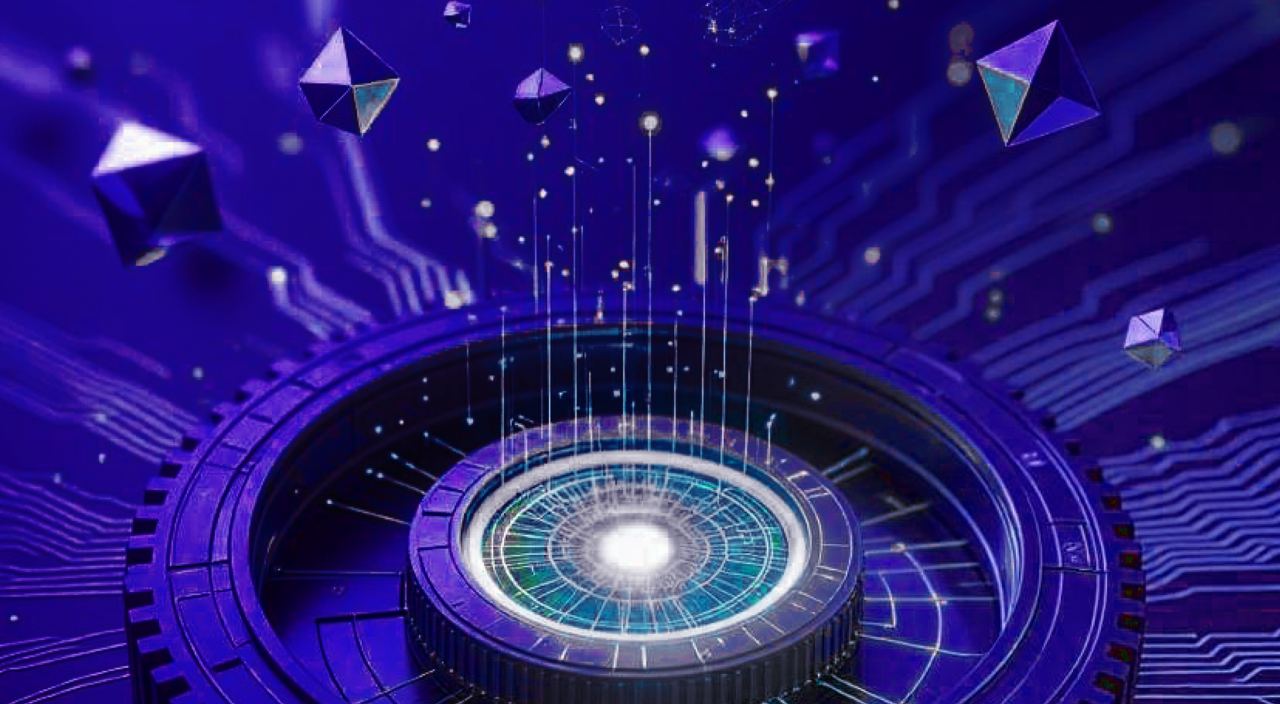The Fang Laboratory is working on the molecular mechanisms of ageing and the age-predisposed Alzheimer’s disease. Evandro Fang is a leader in the field of defective mitophagy as a key driver in Alzheimer's disease initiation and progression and he has published over 70 papers in international peer-reviewed journals including papers in Cell, Cell Metabolism, Nature Reviews MCB, and Nature Neuroscience.
Mitophagy is a central cellular process that enables our body to remove dysfunctional mitochondria. This process is impaired in the elderly, leading to the accumulation of damaged cellular organelles called mitochondria. The homoeostatic maintenance of functional mitochondria, which operate as cellular “powerhouses”, plays a pivotal role in neuroplasticity and memory and thus the disturbed removal of dysfunctional mitochondria can adversely affect neuronal function and trigger neurodegeneration.
For this project, Fang and his team aim to use their in-house artificial intelligence and wet lab validation platform to identify and characterize new drug candidates for activation of mitophagy with a positive impact on Alzheimer's disease. Fang’s work to identify new ways to rescue diminished mitophagy holds promise to combat the onset of various age related neurodegenerative diseases - research that is now enabled through Molecule’s IP-NFT.
“I am extremely grateful for the funding from as well as the collaboration with Molecule/VitaDAO community. This funding will enable us to further modify the known mitophagy inducers we identified and to identify new mitophagy inducers, with a final aim to develop drug candidates for healthy ageing and to treat Alzheimer’s disease.” - Evandro Fang
Funding through the IP-NFT
Molecule is building a comprehensive funding ecosystem for early-stage research discoveries. Apart from major key aspects within this ecosystem, both the IP-NFT itself and our marketplace (Molecule Discovery) is of particular importance. Here’s why:
- With Molecule Discovery, researchers can submit and curate their research projects in order to attract industry-specific funders (i.e Evandro Fang’s submission, which attracted attention and funding from VitaDAO). In turn, funding is provided through Molecule’s IP-NFT framework, where intellectual property is attached to a non-fungible token and allows researchers to fundraise commercially (i.e, the funding of this project).
- With the IP-NFT, researchers can fundraise commercially without needing to patent early or create a startup. Moreover, researchers can engage patients directly, collaborate with other researchers to promote open science, and collaborate on research tasks utilizing data access control and create new funding strategies that take advantage of data marketplaces.
Thus, Molecule acts as an enabler for researchers in two ways, 1) through the Discovery platform and 2) through the IP-NFT itself. This collaborative relationship within the ecosystem thus poses an alternative to traditional grant funding where the IP-NFT can be considered a better and more efficient alternative to acquire funding and, in general, to generate funding where needed.
Essentially, such an alternative, now proven for the third time in biomedical research history, can advance drug development at universities, moving the biopharma industry as a whole one step closer to help its most important stakeholders - patients.
The characteristics of this IP-NFT
Although in general composed of different aspects and facets, this IP-NFT has two distinctive traits: how the IP-NFT was acquired and the artwork. Acquiring the IP-NFT, VitaDAO took advantage of the new Molecule Exchange platform - our marketplace side where prospective investors can buy, sell or place bids on IP-NFTs. On the artwork, Dani from UltraRare Bio showcased the mitophagy pathway in an editorial looping animation, guiding you through this pathway by incorporating a camera technique called a ‘rack focus’, shifting focus between early and late stages of mitophagy. In the background, the illustration shows the early-stage formation of a double-membrane structure, the phagophore, encompassing a damaged mitochondrion. In the foreground, one of the final stages of mitophagy is shown: the point right as lysosomal fusion begins, resulting in degradation of the damaged, encompassed mitochondrion.
Molecule is eager to help researchers, labs, biotechs and universities around the world that wish to work this way — particularly, those daring enough to try new things and herald a new era of innovation.
To learn more, discuss or try this approach, connect with us at info@molecule.to or join our Discord to interact directly with our team.
Watch the IP-NFT transfer ceremony with Evandro here:




















